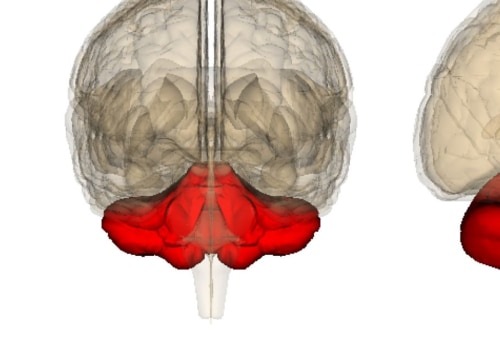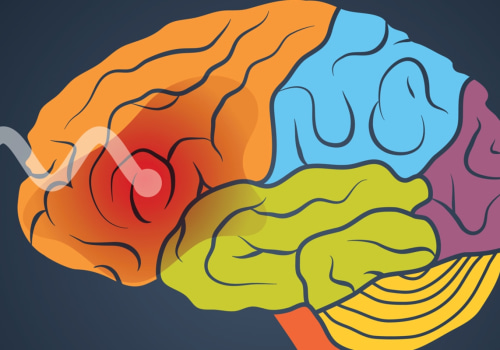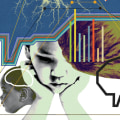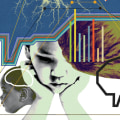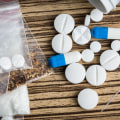Addiction is a complex illness that affects the brain on many levels. It alters a person's ability to maintain control of the various substances used, and can cause changes in function in certain areas of the brain. All addictive drugs, such as alcohol, opioids and cocaine, produce a pleasant surge of the neurotransmitter dopamine in a region of the brain called the basal ganglia. This surge of dopamine is then projected onto a much newer structure, the prefrontal cortex, which participates in cognitive tasks such as memory, planning, attention and social behavior.
The mesolimbic dopamine pathway of the brain, also known as the reward circuit, is where addictions focus. This pathway begins in the ventral tegmental area (VTA) above the brain stem and extends to the nucleus accumulbens. The cell bodies of dopamine neurons arise in the VTA and their axons extend to this center located in the center. It connects with many other brain structures, such as the limbic system (the so-called emotional brain, in evolutionary terms, very old).
When a person develops an addiction, they find that the drug no longer gives them as much pleasure as before and that they have to take larger amounts of the drug more often to feel high. The frontal cortex, in particular, shows less activity in drug addiction. This is the part of the brain associated with judgment and decision-making. The plasticity of the brain is impressive and necessary to make positive changes; unfortunately, it can also adapt to form unhealthy habits, associations and addictions.
Conditional learning helps explain why people who develop an addiction are at risk of relapsing even after years of abstinence. Genetic factors, environmental factors and, most importantly, the intricate and yet mysterious interaction of the two are supposed to be fundamental to the addiction process. Researchers, doctors and addiction treatment professionals can use brain scanning technology to identify areas of the brain that have been altered by addiction. Electroencephalograms are generally used to help people who have suffered traumatic brain injuries and may be useful for people with obsessive compulsive disorder and other brain disorders. Detoxification can take several days to several weeks, depending on the substance and how long a person has struggled with addiction. Drug-related signals did not cause brain activation in control subjects (scans not shown), but volunteers who experienced a high level of signal-induced craving showed brain activation in the dorsalateral prefrontal cortex (DL; upper scintigraphs), which is important in short-term memory, and in amygdala (AM; lower scintigraphy), which is involved in emotional influences on memory. At this stage, an individual may not have a full-fledged addiction; however, tolerance or dependency may have developed.
The brain will begin to recover the volume of gray matter lost one week after the last alcoholic drink. Other areas of the brain and the white matter of the prefrontal cortex take several months or longer to recover. Research is not yet fully clear exactly which part of the brain controls addiction, as it probably depends on many different factors. Because desire and reinforcement are aspects of learning, it's not surprising that addiction researchers are interested in glutamate, the neurotransmitter most associated with the learning process.

